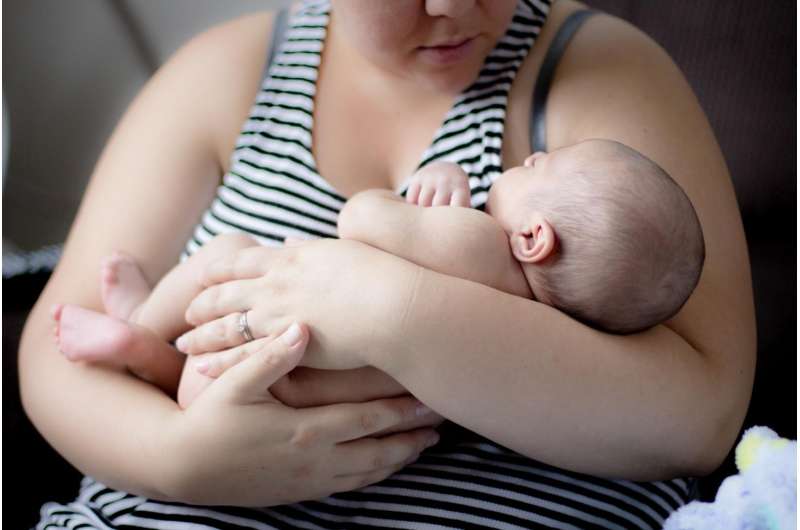Genetic finding may allow doctors to predict newborn health during pregnancy

UCLA scientists have discovered specific genetic changes in the placentas of women who gave birth to growth-restricted infants. These changes appear to sabotage the ability of the placenta to grow blood vessels and adequately nourish the fetus, interfering with the infant's growth in the womb.
Up to 10 percent of pregnancies worldwide are affected by intrauterine growth restriction, which means a baby weighed less than 90 percent of babies at the same gestational age. The condition increases the risk of a wide range of serious health problems, but the cause remains poorly understood.
The team compared the placenta tissue of women who delivered a healthy baby to that of women whose infants' suffered intrauterine growth restriction. They studied an array of microRNAs—molecules that help translate the placenta's genetic code into proteins—that support crucial functions during pregnancy, such as laying the groundwork for the growth of blood vessels and the transfer of nutrients in the placenta from mother to child.
The scientists discovered that minute disturbances to gene expression led to an increase in some of the microRNAs and a decrease in others. These changes alter the genes and proteins that underlie the growth of crucial blood vessels and nutritional transfer required for fetal weight gain, the researchers concluded.
Doctors may be able to use the finding as a biomarker that predicts normal pregnancy and newborn health.
The study is published today in the journal PLOS One.














